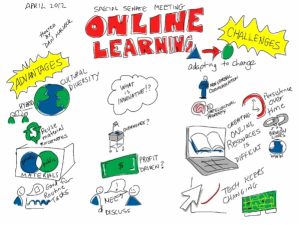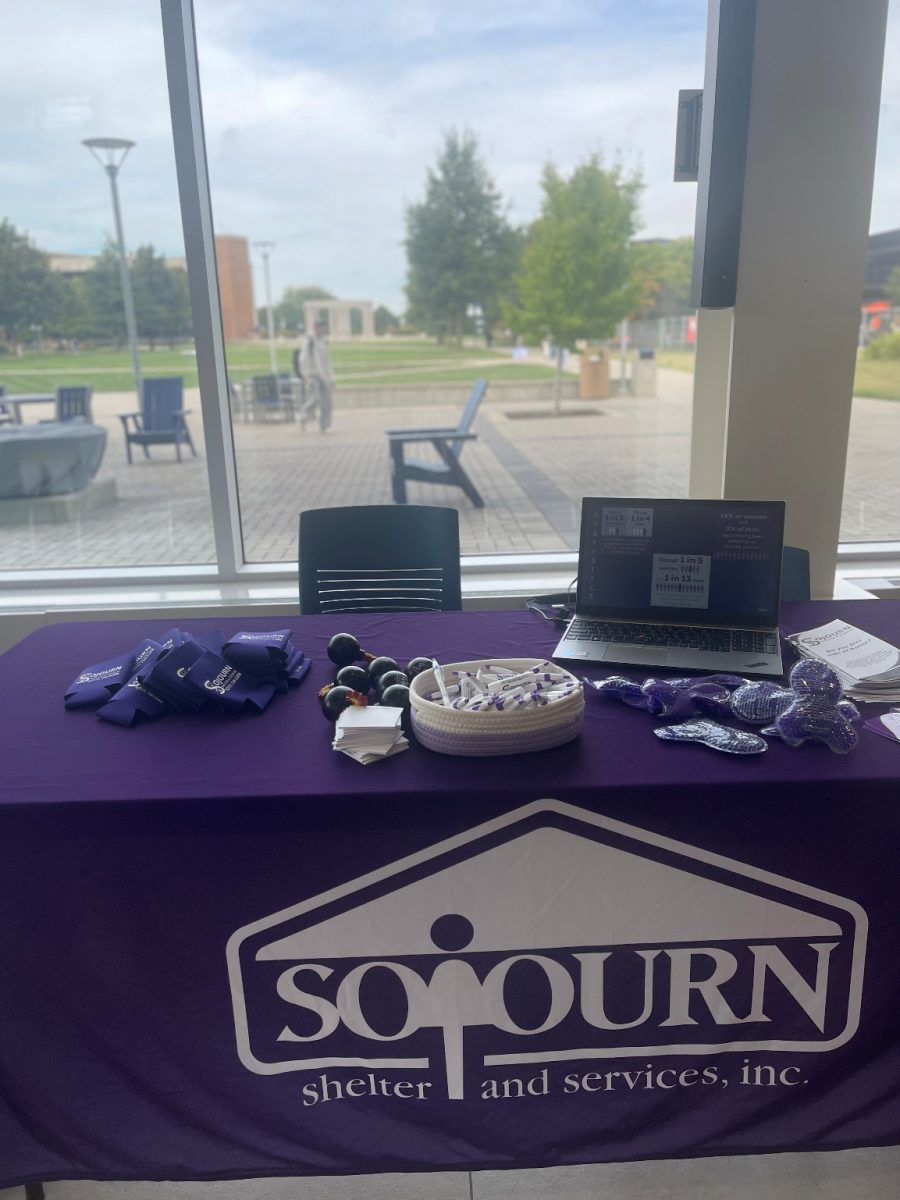In recent years, the higher education landscape has experienced a significant transformation due to the widespread adoption of online classes. Online learning has become a popular choice, offering students greater flexibility and accessibility to a diverse range of college courses and institutions. The University of Illinois Springfield (UIS) actively participates in this model, enabling students to take classes online. Some UIS students enroll in a single online course, while others pursue their entire degrees online.
According to UIS, in 2024, online enrollment increased by 3.9%, with 1,967 online majors this fall, up from 1,893 in fall 2023. Furthermore, over 83.2% of UIS students are taking at least one online course, with online learners located in 43 states, 88 Illinois counties, and 19 countries. These statistics underscore the critical role of online accessibility for UIS in our increasingly digital world.
While there are numerous benefits associated with online education, there are also distinct challenges that remote students must navigate. It is essential for both students and institutions to be aware of these difficulties to foster a more inclusive and supportive learning environment.
Challenges Faced by Online Students
Lack of Structure
One of the primary challenges for online learners is the lack of a structured schedule. Unlike traditional classroom settings that enforce fixed times for classes and assignments, online students must self-regulate their time effectively. Most online courses do not require scheduled meeting times, meaning students have the freedom to complete assignments at their own pace. However, this flexibility can be a double-edged sword. For many, the absence of a set routine can lead to procrastination and difficulties in completing assignments on time.
To counteract these issues, it is advisable for students to develop a structured schedule that mirrors the organization of traditional classrooms. By setting aside specific times for studying, attending virtual classes, and completing assignments, students can create discipline and reduce their tendency to procrastinate. Establishing a routine that accommodates both academic and personal commitments is essential for success in online education.
Access to Resources
While online education offers great freedom, it often comes with limitations regarding access to essential resources available to on-campus students. Online learners may encounter difficulties in accessing academic services such as libraries, tutoring, and instructor assistance. The physical distance and reduced visibility in an online setting can make it challenging for students to identify the support they require.
Universities can play a pivotal role in addressing these accessibility issues. By actively informing students about the academic resources available to them, such as library databases and online tutoring services, universities can help fill the void for remote learners. Many professors encourage email communication and may offer virtual office hours, allowing students to seek clarification on assignments or discuss any concerns they may have.
Furthermore, universities should ensure that online students are aware of and can easily access these resources. Providing guides or sessions that outline available support services can empower students to utilize the tools at their disposal, ultimately enhancing their overall educational experience.
Social Isolation
A widespread challenge among online students is the feeling of social isolation. The lack of in-person interaction can lead to feelings of loneliness and disconnection from the campus community. Without opportunities for natural conversations with peers, online students may miss out on valuable social interactions and support networks that are often vital to the college experience.
A 2005 study reveals that online students often experience a weaker sense of connectedness and belonging compared to their peers in face-to-face classes. This finding stresses the importance of fostering a sense of community among online learners, who may feel alienated in their educational journeys.
Despite the challenges of engaging socially in an online environment, there are opportunities for students to connect with one another. Using email to communicate with classmates, participating in virtual study groups, and engaging in online discussion boards for class can help create a sense of community. Additionally, students are encouraged to attend virtual events, webinars, and networking opportunities that enable interaction with other students. These activities can help alleviate some feelings of isolation and create connections that enhance the overall online learning experience.
Balancing Academic and Personal Life
Another significant challenge faced by online students is the struggle to balance academic responsibilities with personal and professional life. Many online learners juggle classes with full-time jobs, family responsibilities, and other obligations. This complex balancing act can lead to stress and burnout, making it important for students to find ways to manage their time.
Research from Walden University indicates that a significant portion of online students—64% of undergraduates and 74% of graduate students—are employed full-time. This highlights the additional obligations that many online learners face, which can further complicate their ability to dedicate time to academic responsibilities. Balancing work, personal life, and academic goals can be overwhelming, making it challenging to manage coursework effectively.
To maintain a healthy balance, students should prioritize self-care and implement time-management methods. Creating to-do lists, setting achievable goals, and breaking large tasks into smaller, more manageable ones can help make classwork less overwhelming. Additionally, taking breaks and allowing time for relaxation and personal enjoyment can help students recharge and stay motivated.
Final Thoughts
While online education offers numerous advantages, it is essential to acknowledge the challenges that come along with it. From the lack of structure and limited access to resources to feelings of social isolation and the difficulties of balancing multiple responsibilities, online learners face a unique set of obstacles.
By recognizing these challenges and proactively seeking solutions, both students and universities can work together to create a more supportive online learning environment. Implementing strategies such as establishing schedules, educating oneself about available resources, creating social connections, and prioritizing self-care can drastically improve the online educational experience.
While being an online student may come with many challenges, it is also filled with unique opportunities for growth and success. By addressing the difficulties in online learning, students can develop a fulfilling and impactful college experience that prepares them for their future.










